Common Winter Plumbing Problems
As a property owner you should expect a change in seasons to present new challenges for your home. Some expected, some unexpected. It is impossible to predict when or how systems in a home will fail but there are steps that a diligent household can take to minimize these failures and their impact. Your plumbing system is no exception and there are several common issues that can be avoided with a few simple steps.
Water Line Issues
Leaks in your water lines can happen any time of year. But there is a high likelihood that they will happen during the winter months. The variance or swing in temperatures have a direct effect on the pipes that provide water to your home. Depending on the material these lines are made of, they may be stressed with the sudden drop in temperatures that can occur at the beginning and sometimes during the winter season. When the temperature is colder, some material contracts or shrinks. When temperatures rise, that same material expands. This expansion and contraction process weakens the material of the water line and can cause the line to burst or crack.
This phenomenon is more pronounced in southern climates like Georgia. Since the temperatures are typically milder than colder geographic regions, pipes and water lines are more likely to be exposed to the elements when placed outside the home. Inside the home, the same the lines can be vulnerable to climate conditions if they are in uninsulated spaces. Homeowners and builders in southern climates are accustomed to milder temperatures. As a result, the placement and insulation of these lines and pipes can sometimes be an afterthought in warmer climates. However, in colder climates they are almost always a consideration during the construction process. As a result, homes in southern or milder climates are more vulnerable to the fickle temperatures swings of Mother Nature.
Luckily, you can manage these temperatures swings by wrapping your pipes and lines with insulation sleeves made specifically for this purpose. In more extreme situations, you may have to have a plumber re-route lines to protect them from the elements and provide the proper insulation.
Frozen Pipes
Depending on your regional climate, frozen pipes may not happen often. But if it gets cold enough, even just one night, it can happen. Like with water line issues already discussed, a sudden drop in temperatures can cause havoc on your pipes. Specifically, when the water in your pipes freeze, it expands. If there is no place for the expanding ice to go, pipes will burst. If you suspect the temperature to drop significantly, you can help prevent this freezing from happening by insulating your pipes. With this relatively easy step you can help (prevent drain pipe freezing) in your home.
Hot Water Heater Failures
Almost every appliance or system designed to generate heat works harder in colder temperatures. Including hot water heaters. During winter months a hot water heater must heat up the colder water coming into your home from the main water line. Even if your hot water is located in a temperature-controlled room, the water coming in is not. As a result, the hot water heater must work harder to heat the cold water to the appropriate temperature. This can cause the unit to be overworked…even if your household usage remains consistent with the usage in the warmer months. And if your home is the gathering spot for the holidays, you will experience spikes in usage throughout the season.
The colder source water and potential for increased usage could impact your system and can lead to an increased chance of hot water heater leaks in winter months. If you find that your hot water heater is struggling to keep provide consistent hot water, it may be time for a repair or replacement.
Clogged Drains
Another common plumbing issue during winter months is the increased chance of clogged drains. Like water line cracks, these can happen throughout the year, but they are more prevalent during the winter months because of an increase in usage. Families tend to eat at home more often in the winter and family gatherings during the holiday season will increase the number of people eating at home. As a result, more waste is created in the winter months. This increase in volume can overwork your drain system. You can help prevent this by making sure you manage what is being poured down your drains and garbage disposals. You want to avoid fat, grease, bones, paper towels and wipes and other items that often clog drains.
Where Can I Get Help?
If you have more specific questions or believe that your plumbing system needs repair, a certified professional can help assess and evaluate your home. A member of our professional team at Gainesville Mechanical can explain what is happening with your current plumbing system and offer advice on how to make it run more efficiently to ensure that your household is comfortable during the winter months.
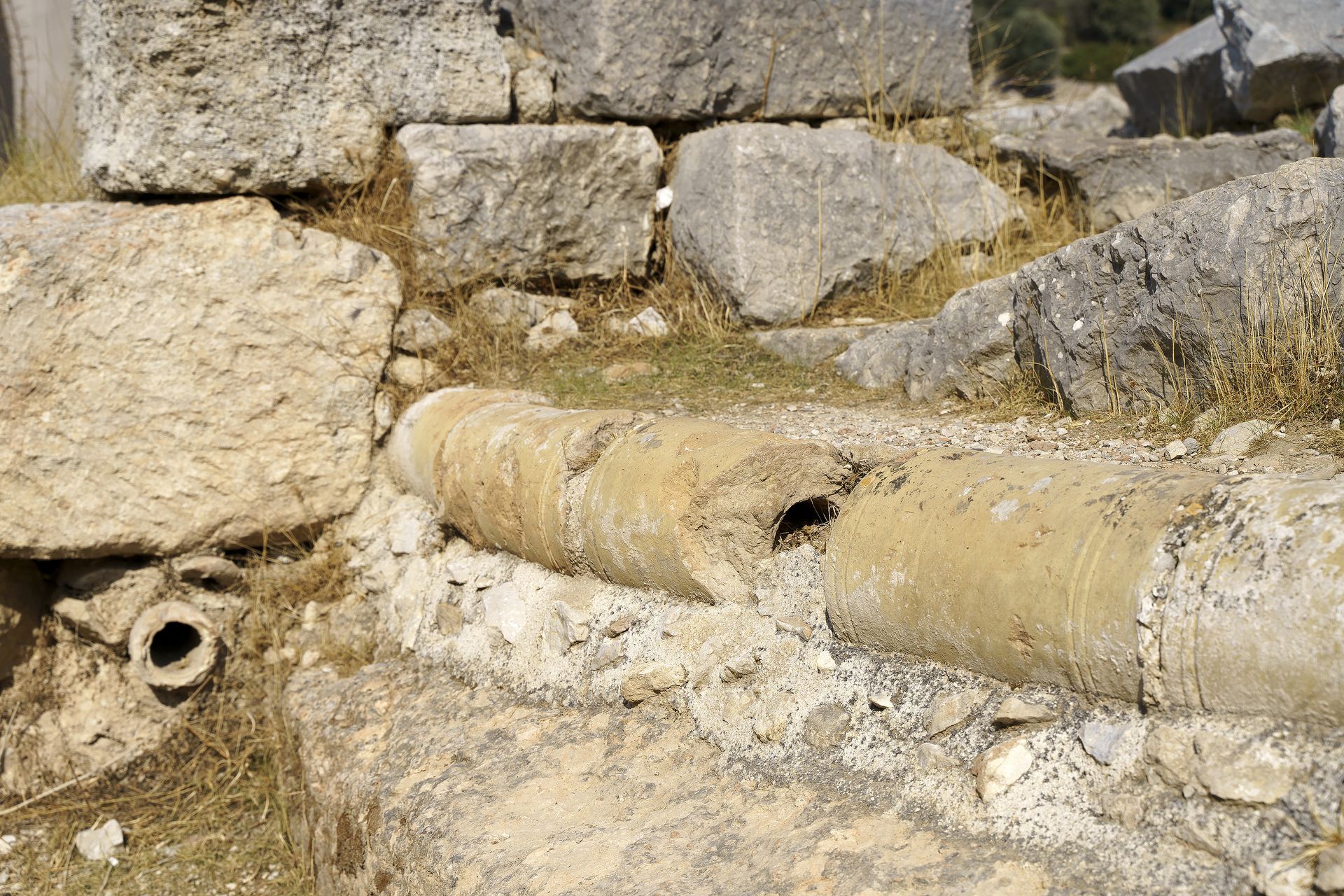
Servicing the Southeast
and Surrounding Areas
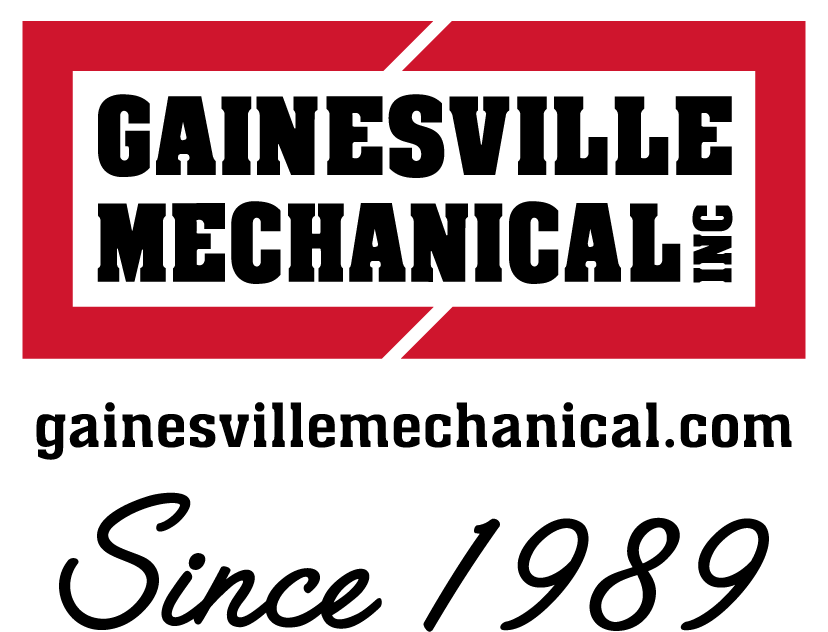


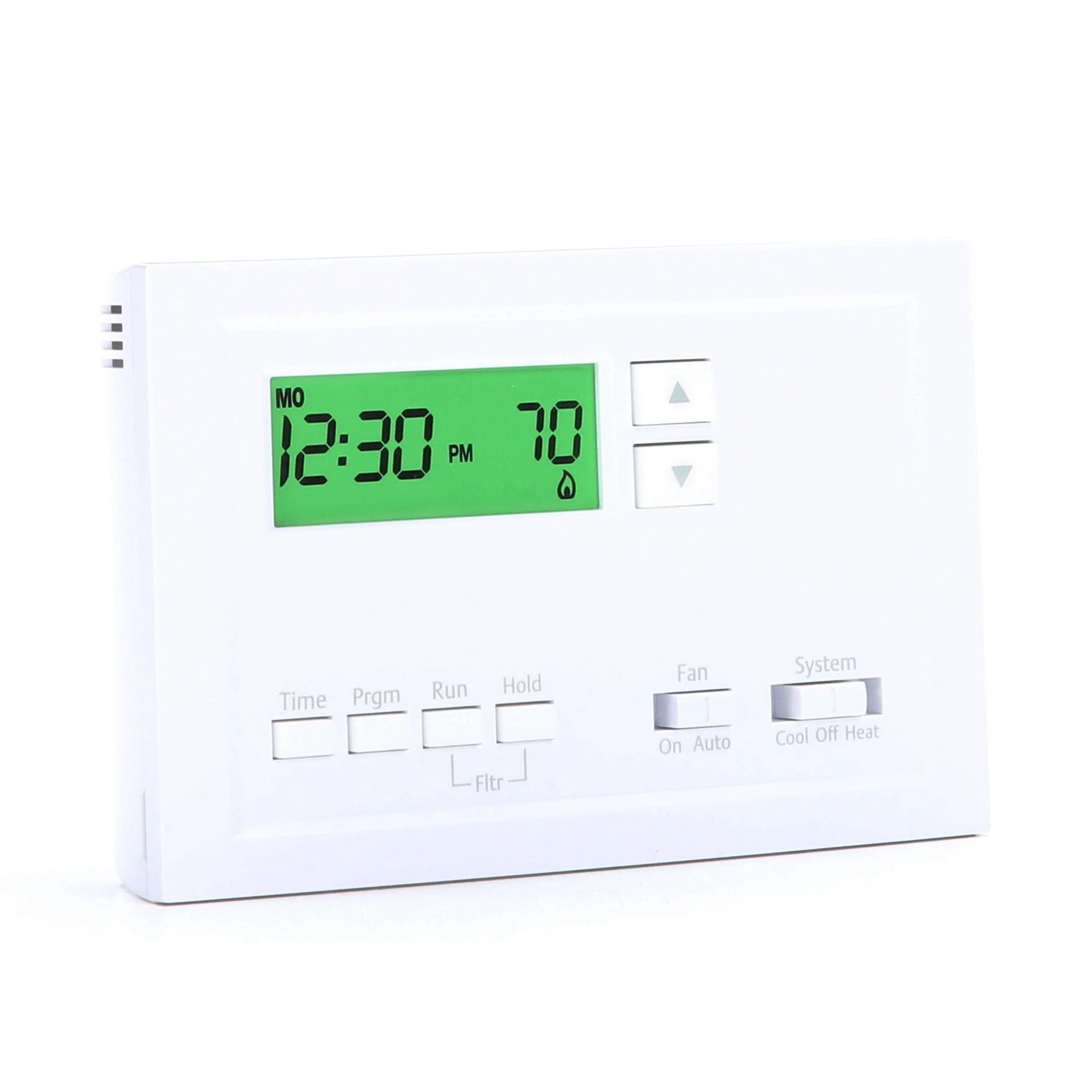



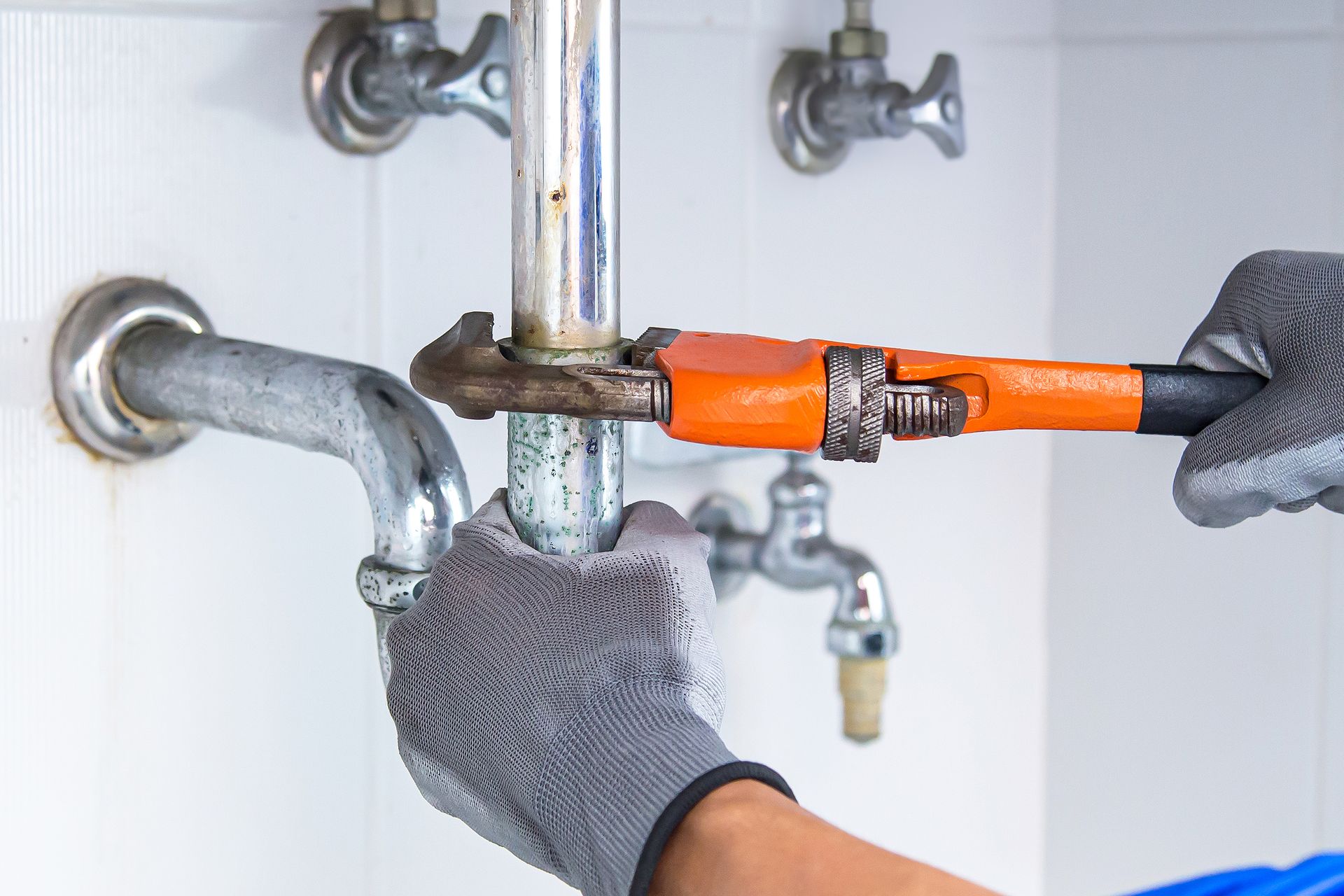
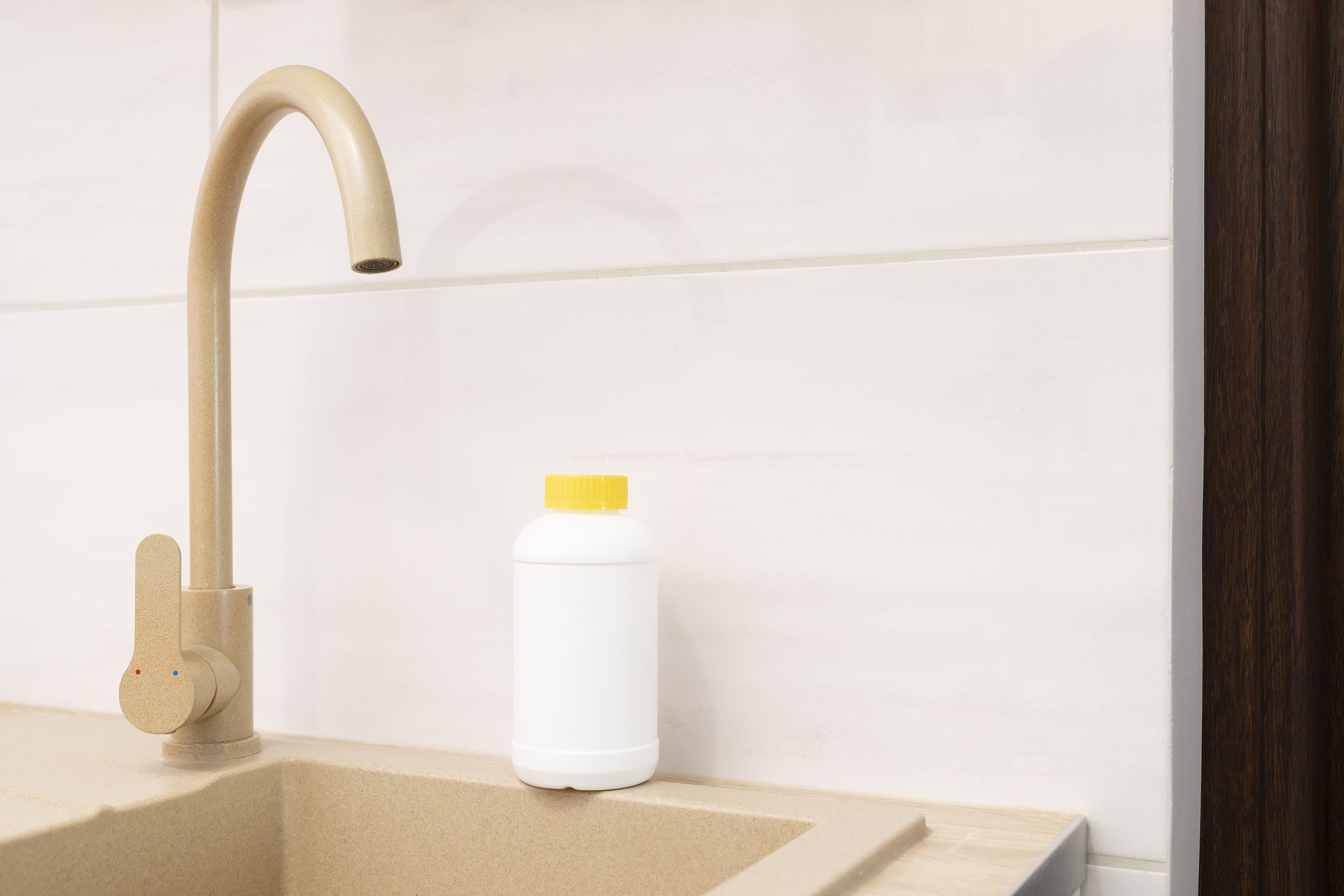
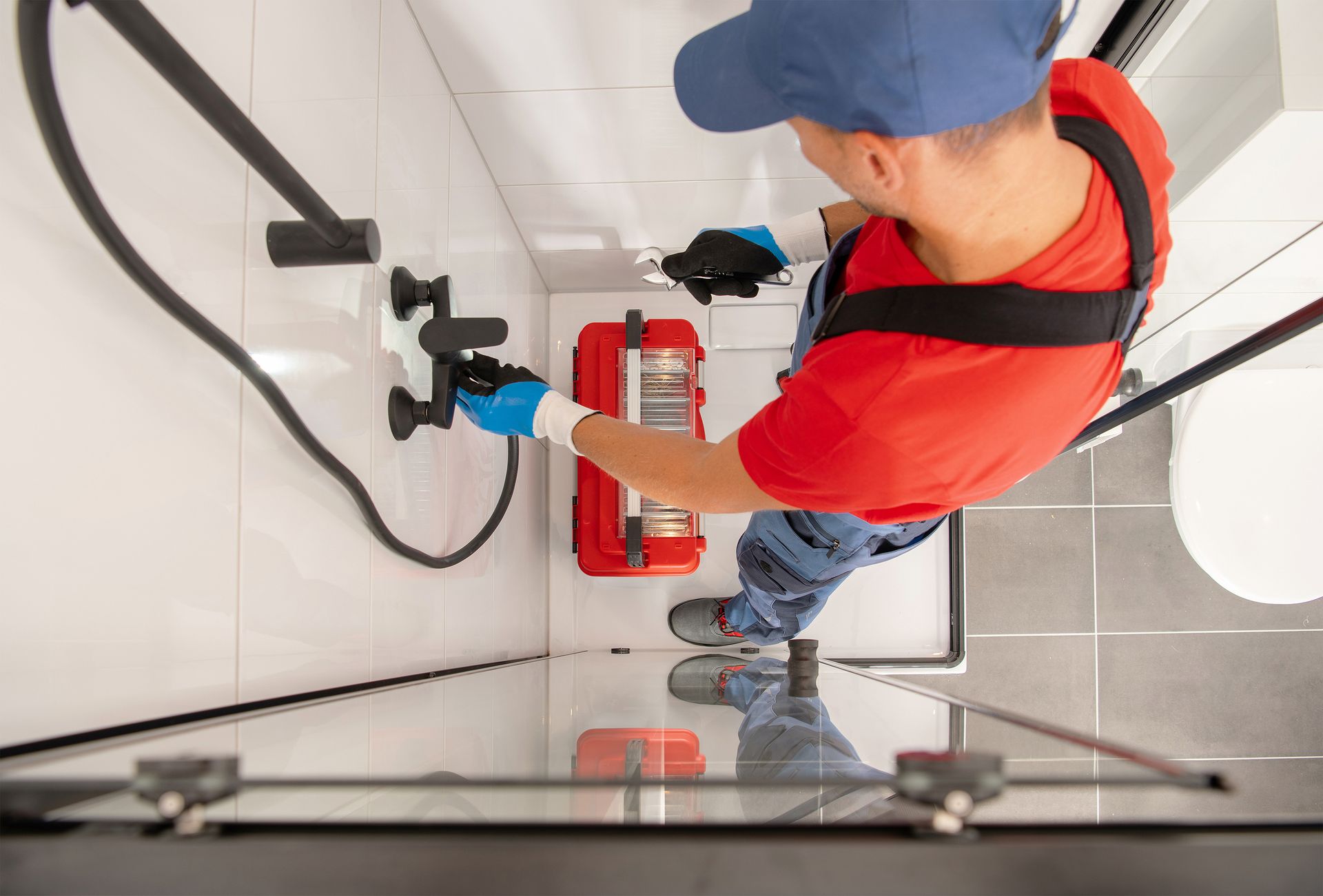
Share On: